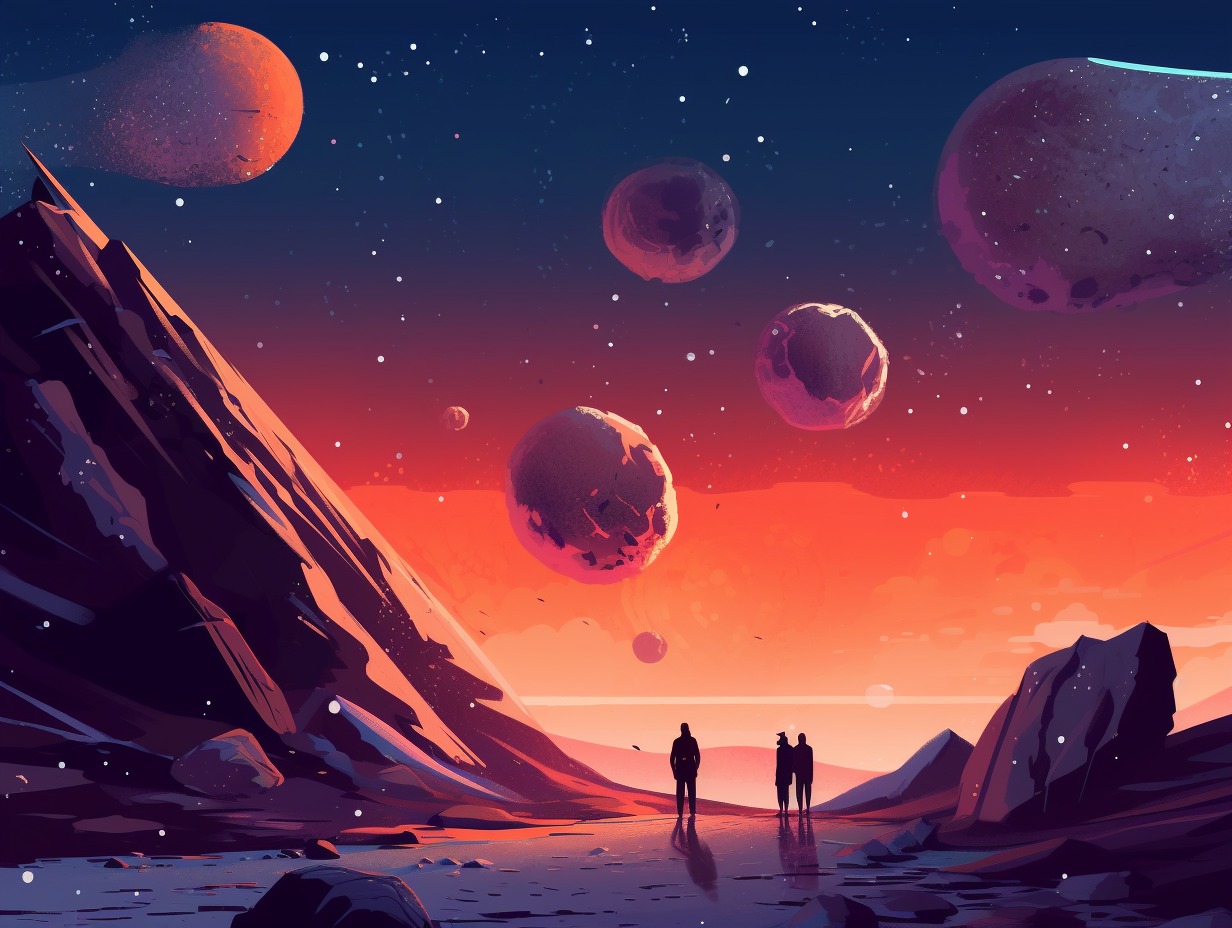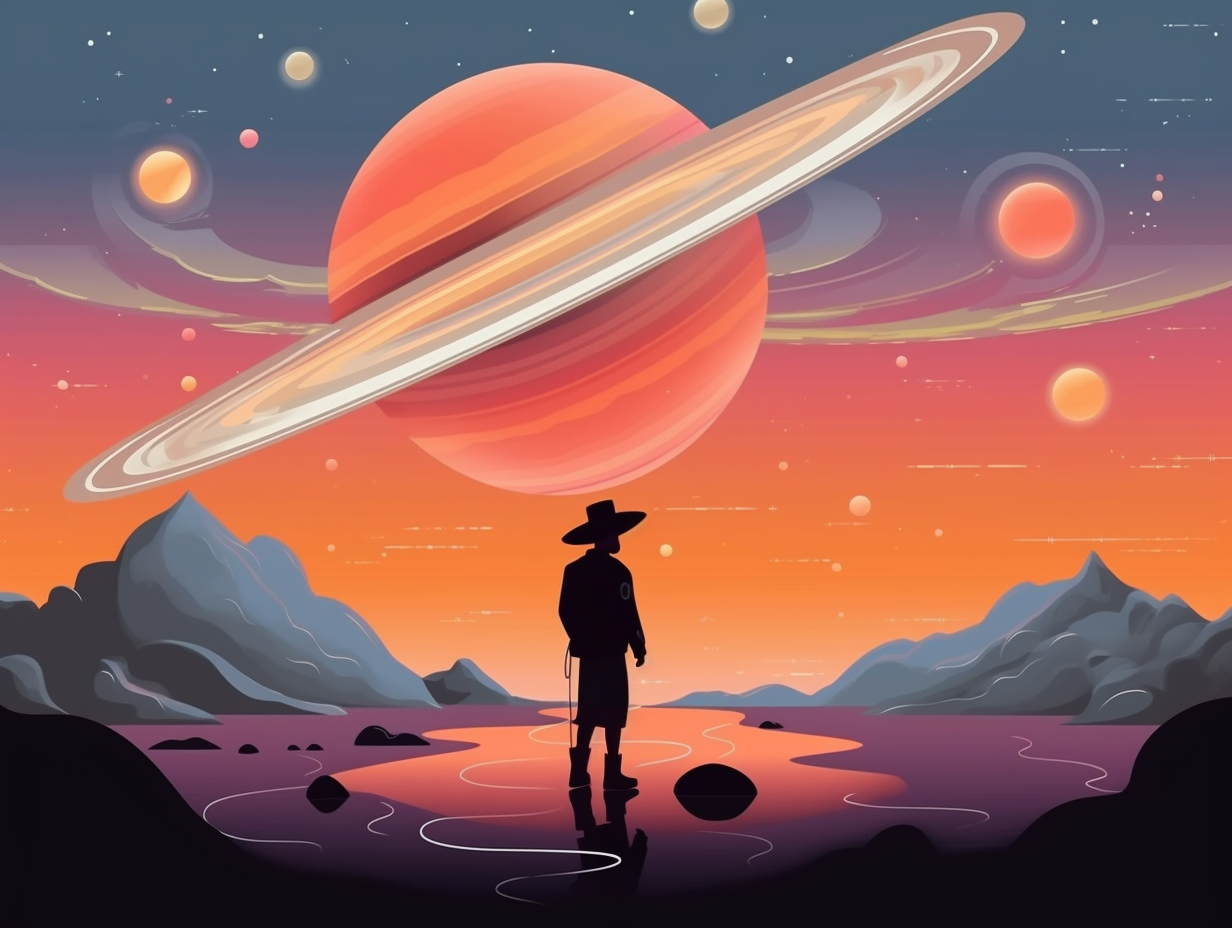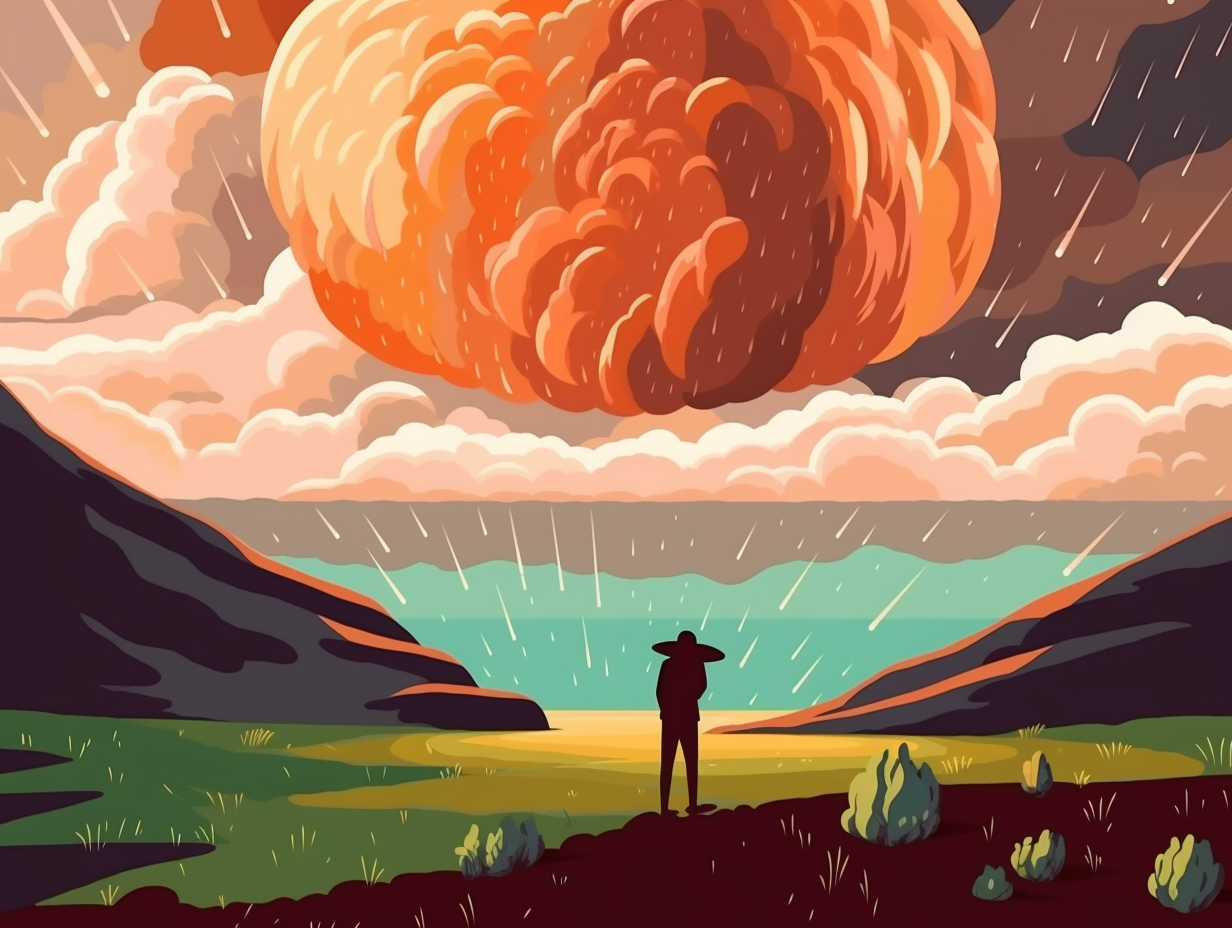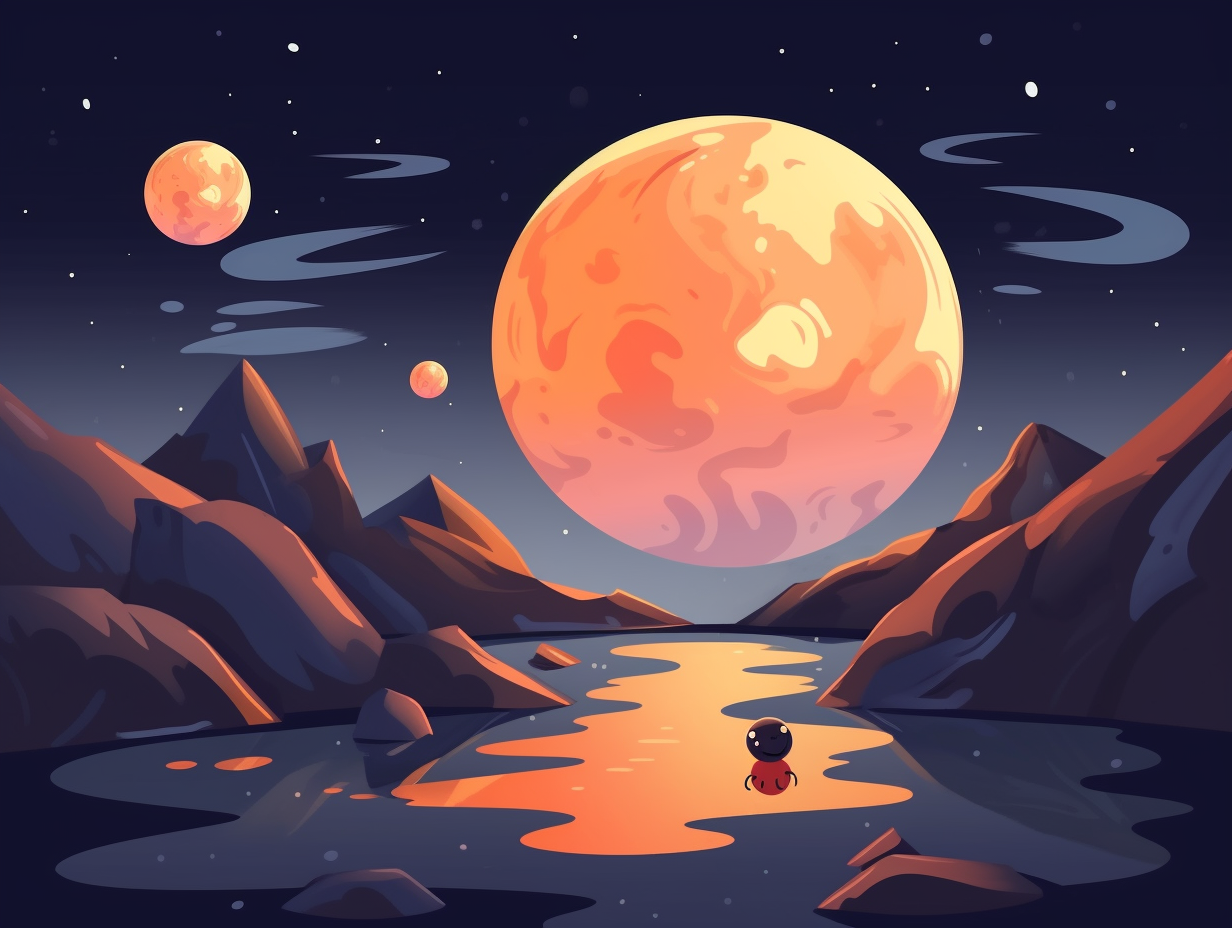Discover the Unknown: Top 14 Intriguing Fun Facts About Phobos
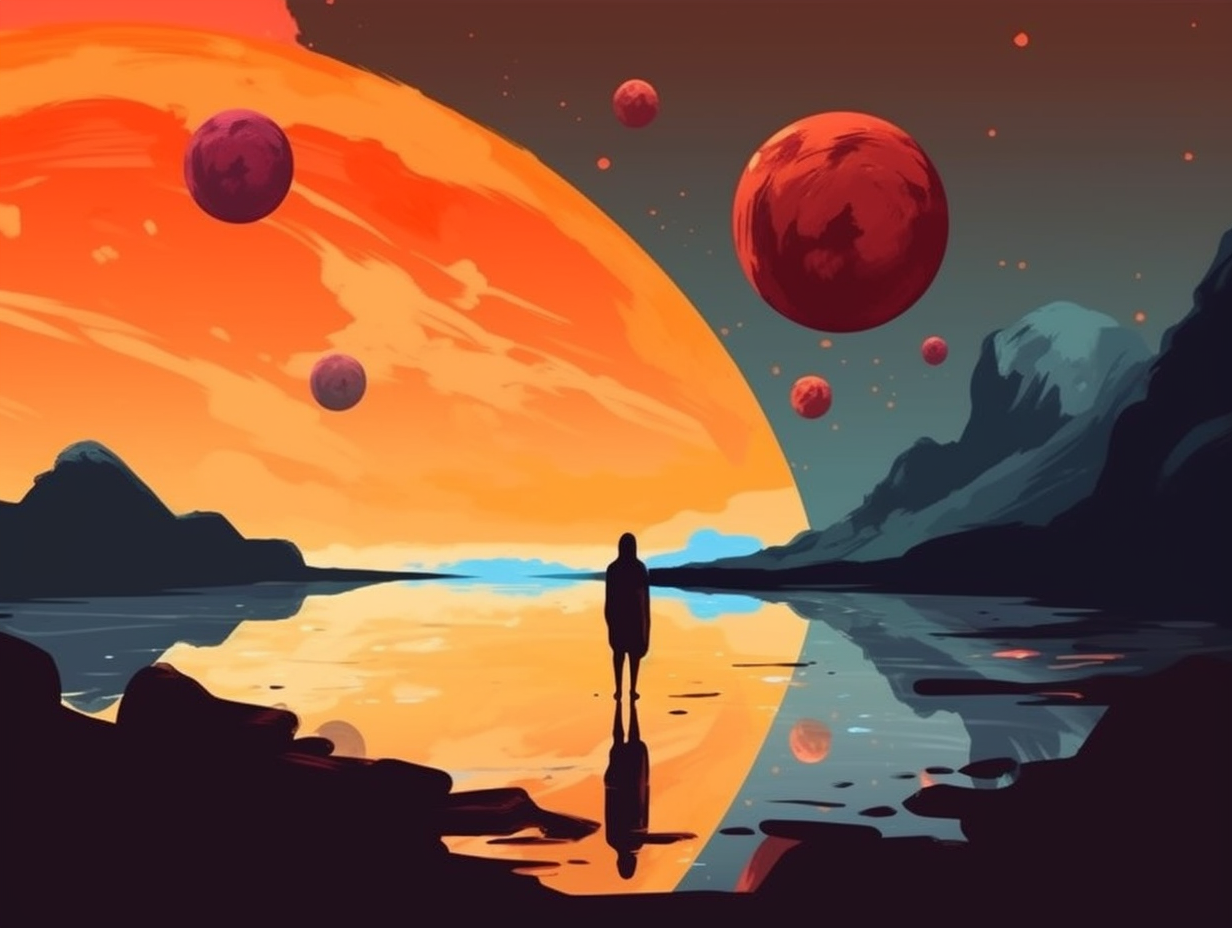
1. Cosmic Slow Dance
If Phobos and Mars went on a cosmic dance, they'd be slow dancing closer than any other couple in the solar system: Phobos orbits just 6000 km from Mars, making it the closest moon to its primary planet, while Io, Jupiter's moon, is a distant second at 421,700 km.
Source => en.wikipedia.org
2. Taco Shell Measurement
If the distance between Mars and its moon Phobos was measured in Old El Paso taco shells, they would be a mere 6 billion shells apart: As the larger of Mars' two moons, Phobos orbits just 6,000 km above the surface, steadily inching closer to the Red Planet due to intense tidal forces, with predictions of the moon breaking up and creating a Martian ring in 30 to 50 million years.
Source => en.wikipedia.org

Did you know that Mars is home to Valles Marineris, a canyon system 7 km deep and 4000 km long - almost the length of the United States! Discover more about this mind-blowing Martian wonder.
=> Fun Facts about Mars
3. Circle of Life Moon
Phobos, the "Circle of Life" moon: This Lion King of cosmic orbs boasts a dusty ancestry as it was formed from the remnants of its own demolished predecessors. Parading through the heavens with a ringside seat around Mars, Phobos may owe its existence to multiple stages of moon-crushing collisions and rebirths — a lunar encore worthy of a celestial standing ovation. And, proving no moon can resist the limelight, Japan's JAXA will be launching a 2024 mission to collect samples and data from our show-stopping satellite, unraveling the mysteries of its star-studded past.
Source => astronomy.com
4. Groovy Moon Mystery
Phobos is a bit of a groovy moon: Sporting funky lines that radiate from its largest crater, Stickney - a whopping 9 kilometers in diameter - these grooves have had scientists scratching their heads with theories ranging from impact stresses, Mars' tidal pull, to a cosmic conga line of boulders. But don't worry, Phobos' high porosity saved it from utter destruction to ensure it remains the life of the Martian party.
Source => en.wikipedia.org
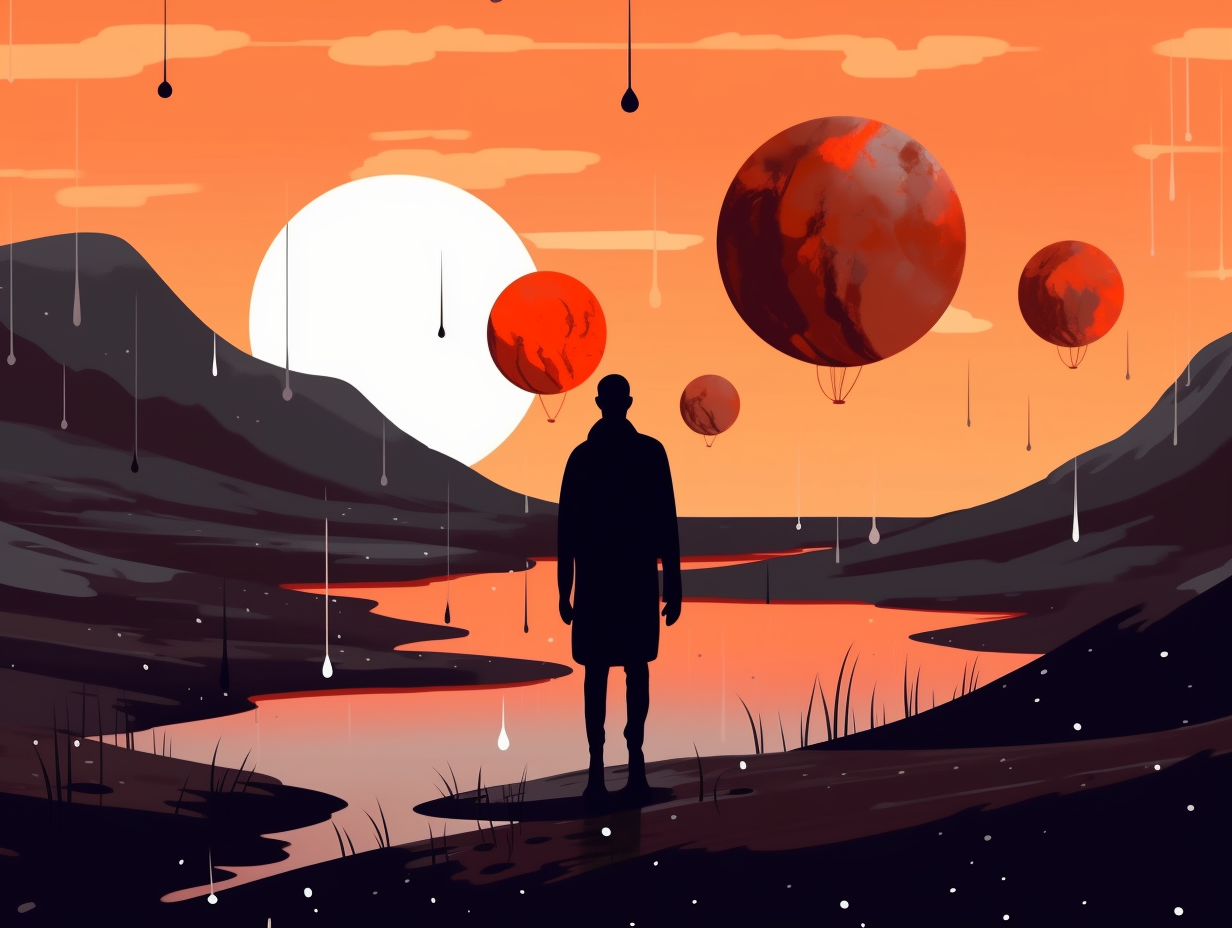
5. Fear and Retaliation Boy Band
At the dawn of time, when Greek gods decided to form a boy band called "Fear and Retaliation," two unlikely lead singers stepped forward, Phobos and Deimos: In reality, these aren't celestial pop stars, but rather the two moons of Mars, discovered in 1877 by astronomer Asaph Hall. Named after the Greek mythological spirits of fear, these cosmic balls of rock are now believed to be captured asteroids, providing invaluable information about Mars' geology and history.
Source => theoi.com
6. Party-Moon Origin
Phobos, they tell us all good parties must come to an end, but Mars knows the party don't start till its two moons walk in: Phobos may have formed from material ejected during a massive impact on Mars, with the aftermath even explaining the planet's spin on its axis. Over the eons, other moonlets born from the same chaotic event bid adieu to the cosmic soiree by crashing into Mars, leaving Phobos and its petite plus-one, Deimos, as the remaining celestial dance partners.
Source => insider.si.edu
7. Dramatic Diva Moon
Phobos, the dramatic diva of moons: Contrary to its starring role as a rumored captured asteroid in a cosmic cast, Phobos - Mars' oddly-shaped satellite - is actually the product of a celestial collision, sharing the limelight with sibling Deimos in a ring of debris-turned-moon duet.
Source => phys.org
8. Speedy Orbit Record
Feeling sluggish? You could learn a thing or two from this speedy moon: Phobos, the Martian speed demon, whizzes around Mars in a jaw-dropping 7 hours and 39 minutes, making it the fastest orbiting moon in our solar system - all thanks to its cozy distance of just 6,000 km (3,700 mi) from the planet's surface.
Source => en.wikipedia.org
9. Planetary Doom Fashion
In Phobos' quest for planetary doom, it's decided to go for the "bold and dramatic" – either crashing into Mars or turning itself into a fabulous celestial accessory: In about 30 to 50 million years, this moon's orbit will decay to the point that it either smashes into Mars or disintegrates into a planetary ring, making it a truly one-of-a-kind object in our solar system and a hot topic for scientists studying planetary dynamics.
Source => en.wikipedia.org
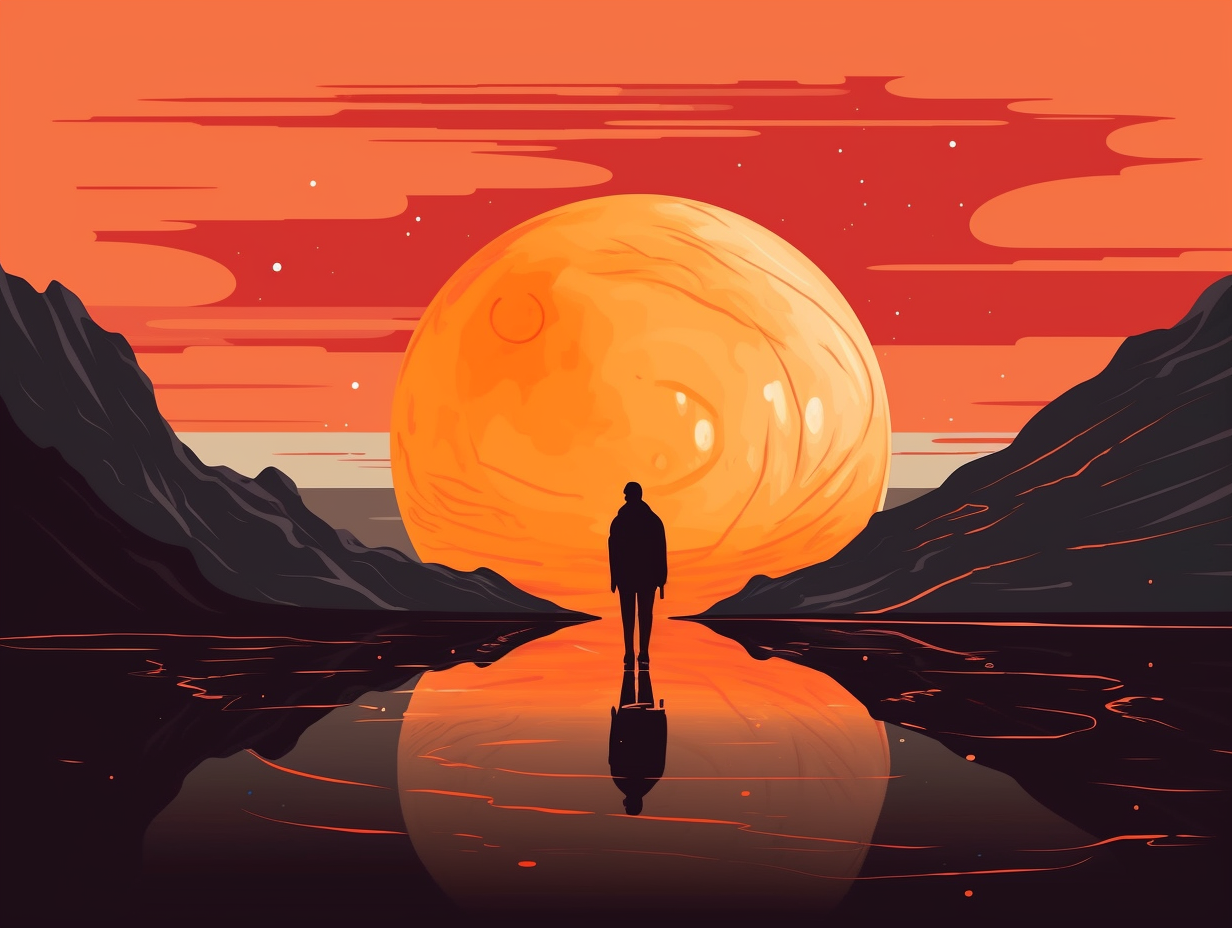
10. Cosmic Tambourine Player
Phobos is like an overeager tambourine player in Mars' cosmic rock band: it just can't keep its groove! A slow-motion train wreck in space, if you will: Phobos' orbit is gradually decaying by 1.8 cm every year, meaning it will either collide with Mars or disintegrate into a celestial ring around the planet within the next 100 million years.
Source => sci.esa.int
11. Clingy Celestial Relationship
Talk about clingy relationships: Turns out Phobos, Mars' largest moon, can't bear to be apart from its planetary partner! This celestial stalker orbits Mars at a meager 6,000 km (3,700 mi) distance, rising in the west and setting in the east twice each Martian day. What's worse, it's inching closer at a rate of 2 cm per year, with the risk of eventual collision or break up into a planetary ring in 30 to 50 million years.
Source => en.wikipedia.org
12. Martian Boulders Bowling
Once upon a celestial cataclysm, when martian boulders fancied going bowling on the rocky surface of Phobos: Stickney Crater was birthed and with it came tumbling boulders that etched the now-iconic linear grooves on this Martian moon, a result of debris generated by the impact, rather than fractures from said crash.
Source => space.com
13. Roommate Orbit Encroachment
The next time you think your roommate is encroaching on your space, just remember poor old Mars and its clingy moon BFF: Phobos is slowly but surely inching its way towards Mars at a rate of 1.8 meters per century, with scientists predicting that, in 30 to 50 million years, it'll either collide with Mars or shatter apart to form a snazzy ring around the planet, à la Saturn.
Source => littleastronomy.com
14. Interplanetary Gas Station Movie
If Phobos were a sci-fi movie, it'd be titled "Interplanetary Gas Station: The Unsung Hero of Space Travel": This humble Martian moon could potentially serve as a manned station, acting as a logistic hub for missions between Earth and Mars, overseeing the robotic construction of a permanent base on Mars, and even springboarding trips to the asteroid belt – all while possibly saving costs on launches and resupplies.
Source => forum.nasaspaceflight.com
Related Fun Facts



